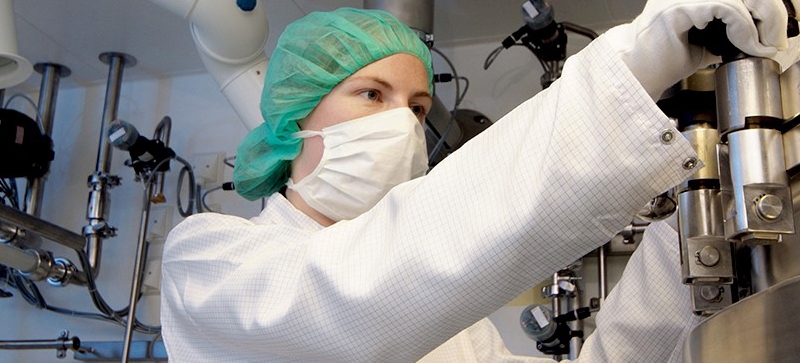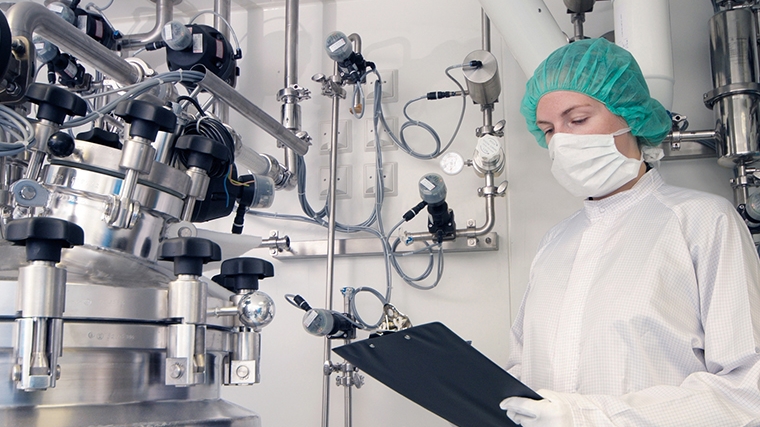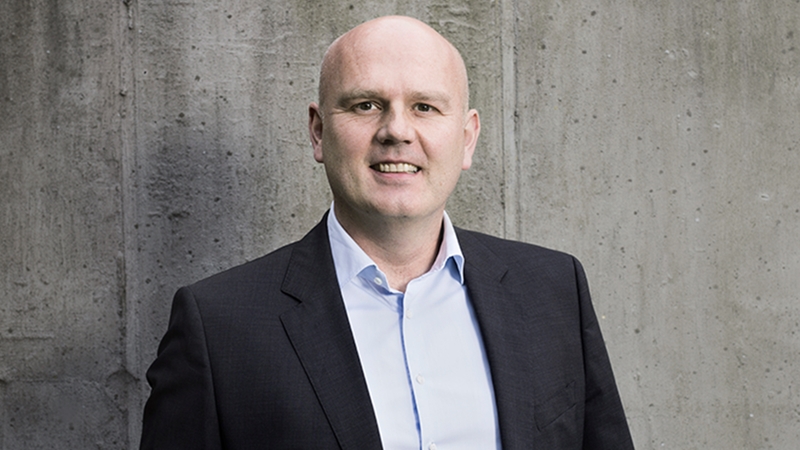Samsung Biologics’s biologics facility, completed in 2013, features a state-of-the-art quality program design by NNE. The program is based on quality by design (QbD) and ASTM verification principles and tailored to the biotech customer.
In May 2011, Samsung Biologics broke ground on a large-scale biologics facility, which was to take the company, otherwise known for televisions, cell phones and computers, into the life science sector. The facility undertakes contract manufacturing of monoclonal antibody (MAb) products for the treatment of, among other things, various types of cancer. In addition, Samsung also has its own R&D pipeline of monoclonal antibody candidates to treat cancer, arthritis, and other illnesses.
Samsung is hoping to be as successful within biologics as it is within electronics. Accordingly, Samsung Biologics had high ambitions for the new facility, not least when it came to the quality system. After a meeting with NNE, where we demonstrated our know-how within QbD and ASTM E2500, Samsung Biologics was convinced that we would be able to help them reach these ambitions. Accordingly, we were asked to turn its quality strategy from a traditional C&Q approach to a risk-based approach.
Patient safety above all
Both QbD and ASTM E2500 have patient safety as their pivotal point and advocates focus on those aspects of the production process that are critical to patient safety. This helps companies in putting their improvement effort in the right places and, with that, in obtaining a more cost-effective qualification processes.
But when it comes to biologics production, all process steps influence on patient safety and must thus be considered critical. So, implementing these concepts in Samsung Biologics’s new facility was a comprehensive task.
Our team of quality and compliance experts began by defining a new lean and cost-effective quality strategy for Samsung Biologics. This formed the basis of an updated verification master plan, which provided Samsung Biologics with a toolbox for monitoring and controlling the progress of qualification activities. Then the team initiated the daunting task of performing quality risk assessment (QRA) on all process and utility units. With such a huge amount of units to be assessed, it was imperative to organize it so that time and resources are used in the most optimum way. We thus decided to divide all units into 16 groups according to type - all filtration processes were grouped in one QRA and all chromatography processes in another. This meant that we could focus on one process type at a time and really maximize the involvement of our subject matter experts.
Based on the QRA, we made a verification plan for each process and utility unit, verifying that the quality level and documentation is in line with Samsung Biologics’s requirements and quality ambitions for its new facility.
Quick facts
Customer
Samsung Biologics
Country
South Korea
Project period
May 2011 – Jun. 2013 (start of operation in July 2013)
Services provided
Quality strategy planning, quality risk assessment, verification planning


